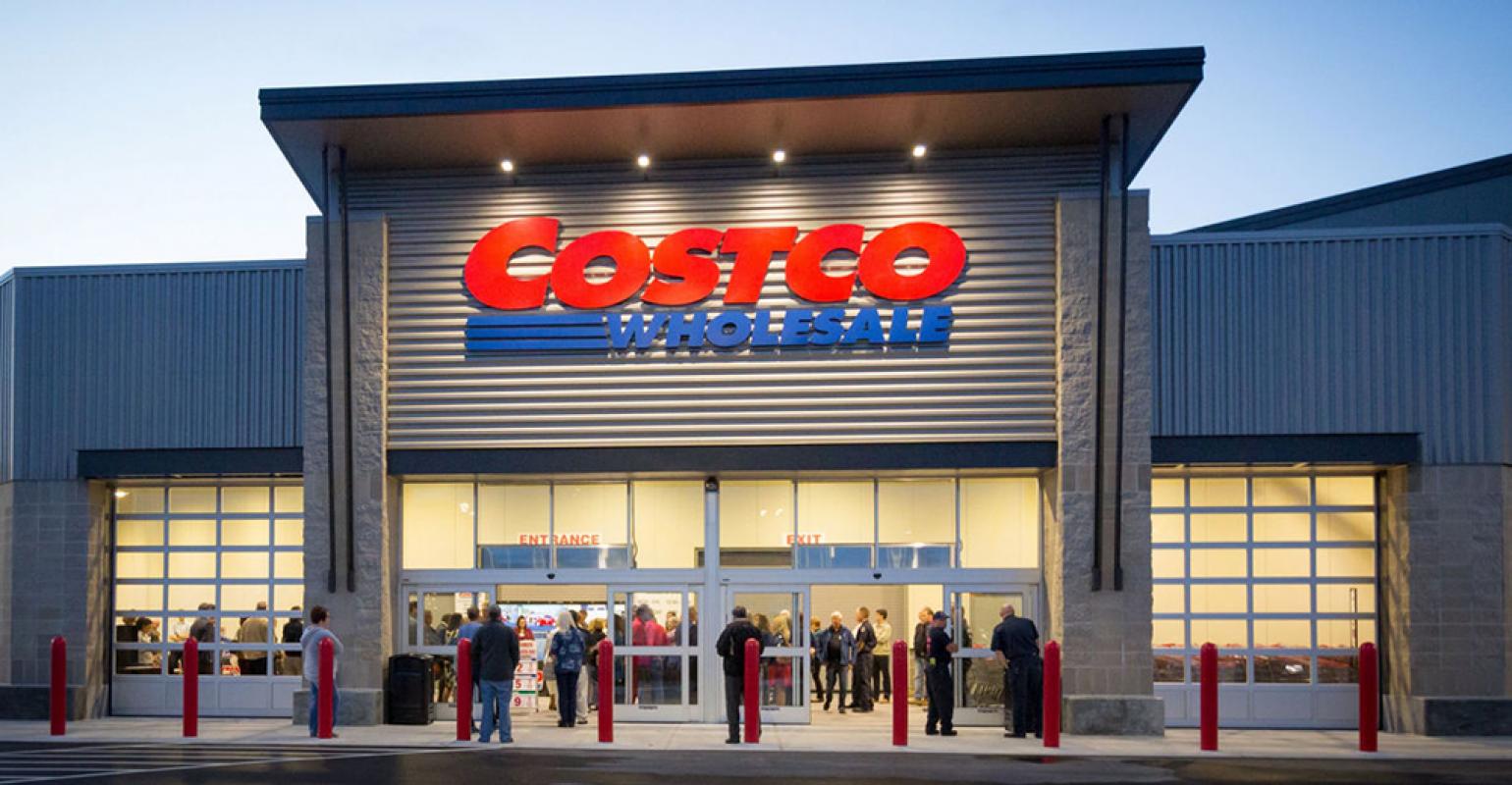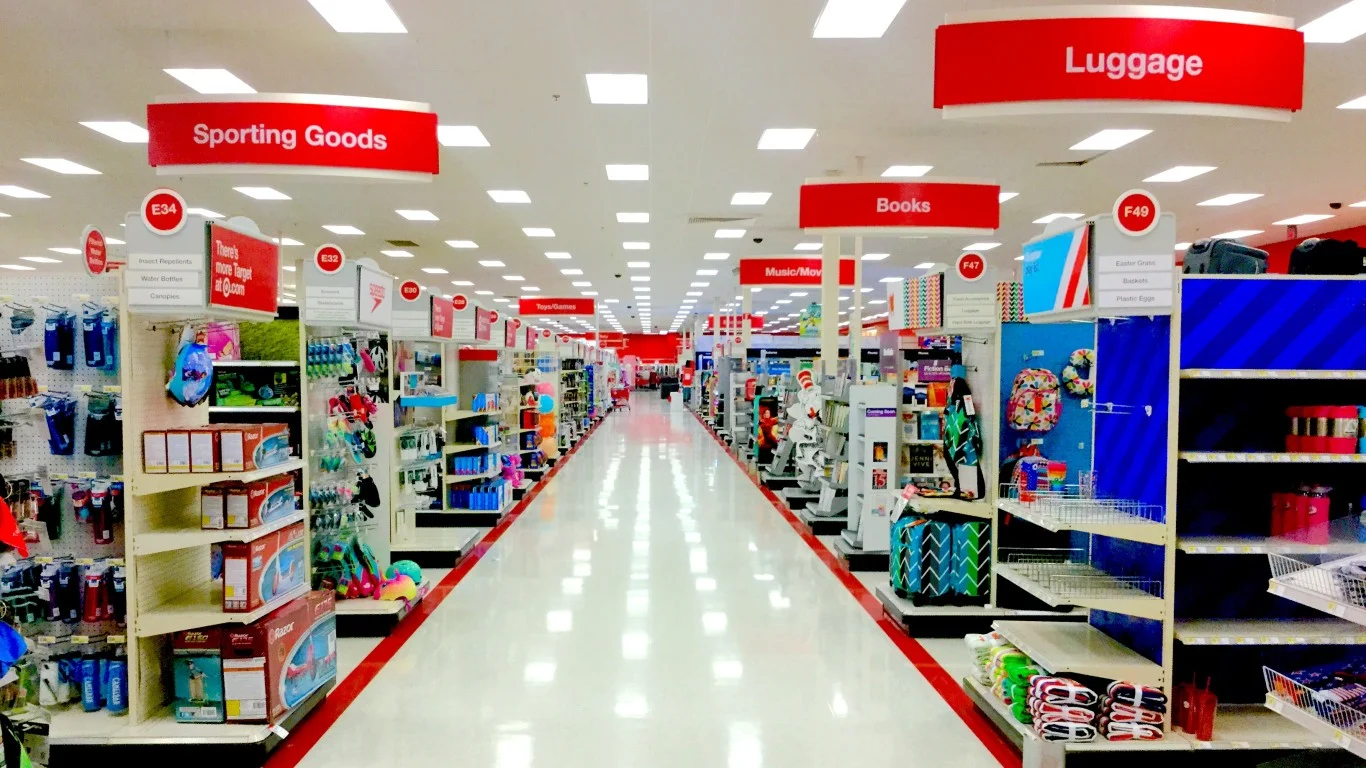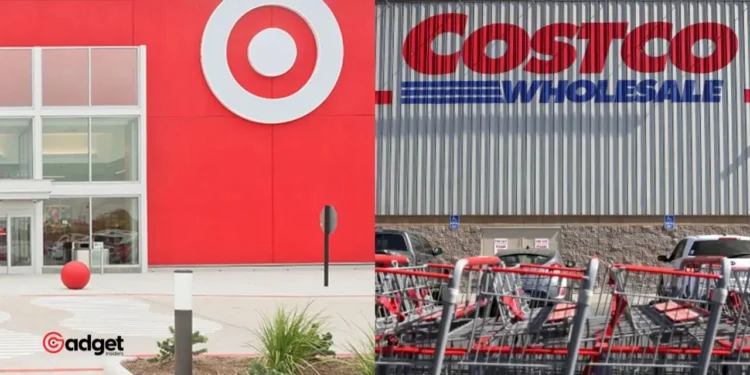In recent years, Target has radically transformed its approach to merchandise, setting a trend that even Walmart has begun to emulate. Traditionally, retailers have relied on generic house brands to offer affordable alternatives to name brands, but Target has taken a different route.
The retail giant has introduced distinctive brands like Everspring, All In Motion, Hearth & Hand with Chip & Joanna Gaines, Boots & Barkley, and Auden. These aren’t just another label; they are brands with their own identity, designed to resonate with consumers on a deeper level.
This strategy not only enhances customer loyalty but also allows Target to maintain better control over its product offerings, reducing reliance on external vendors. It’s a strategic move that positions Target not just as a retailer but as a curator of brands that consumers can connect with.
According to industry analysts, this approach could redefine competitive dynamics in the retail sector, as it shifts from competing solely on price to creating a unique shopping experience.

Costco’s Contrasting Approach Focuses on Core Strengths
While Target innovates with brand diversity, Costco continues to leverage its traditional strength—offering the best possible prices. Unlike its competitors, Costco has not extensively ventured into creating a broad range of private-label brands. Instead, it focuses on enhancing its Kirkland Signature line and securing the best deals on name-brand products.
Richard Galanti, Costco’s now-retired CFO, highlighted the effectiveness of this strategy during the company’s second-quarter earnings call. “There’s not a lot of trade down,” he noted, emphasizing that even when private label products do well, it doesn’t necessarily come at the expense of name brands. In fact, the success of Kirkland products often brings brand partners to the negotiation table, eager to offer more value to compete.
During periods of economic uncertainty, like when inflation rates hovered between 7%-9%, Costco observed a significant uptick in sales of its Kirkland brand. Galanti pointed out that in one year, the penetration of Kirkland Signature products jumped by as much as 2%. This shift suggests that in times of financial pressure, consumers are more open to switching to private labels that offer similar quality at a lower price.

Strategic Purchasing: Costco’s Winning Formula
One of Costco’s key advantages is its focused purchasing strategy. Unlike Walmart and Target, which manage vast arrays of products, Costco’s buyers may oversee only 20 to 30 items. This limited selection not only simplifies operations but also enhances the buyers’ expertise in their respective categories. “They know a lot more, in our view, about every cost component of that,” Galanti explained. This deep knowledge allows Costco to negotiate better prices and pass those savings directly to consumers.
In his final earnings call, Galanti expressed confidence in this approach, stating, “I think I feel very good that we do a very good job. I’m not suggesting others don’t, but I know we do a very good job of getting on the phone immediately and working on those issues. And as soon as we can get savings, we’re out there first.”

Target vs. Costco: Contrasting Retail Strategies
The strategies employed by Target and Costco illustrate two different paths to success in the competitive retail market. Target’s focus on building brand identity and customer engagement contrasts sharply with Costco’s emphasis on cost leadership and operational efficiency. Both approaches cater to distinct consumer needs and preferences, highlighting the diverse strategies that modern retailers must adopt to thrive in today’s economy. As the retail landscape continues to evolve, these innovative approaches not only define the success of individual companies but also shape the future of shopping for consumers around the globe.










